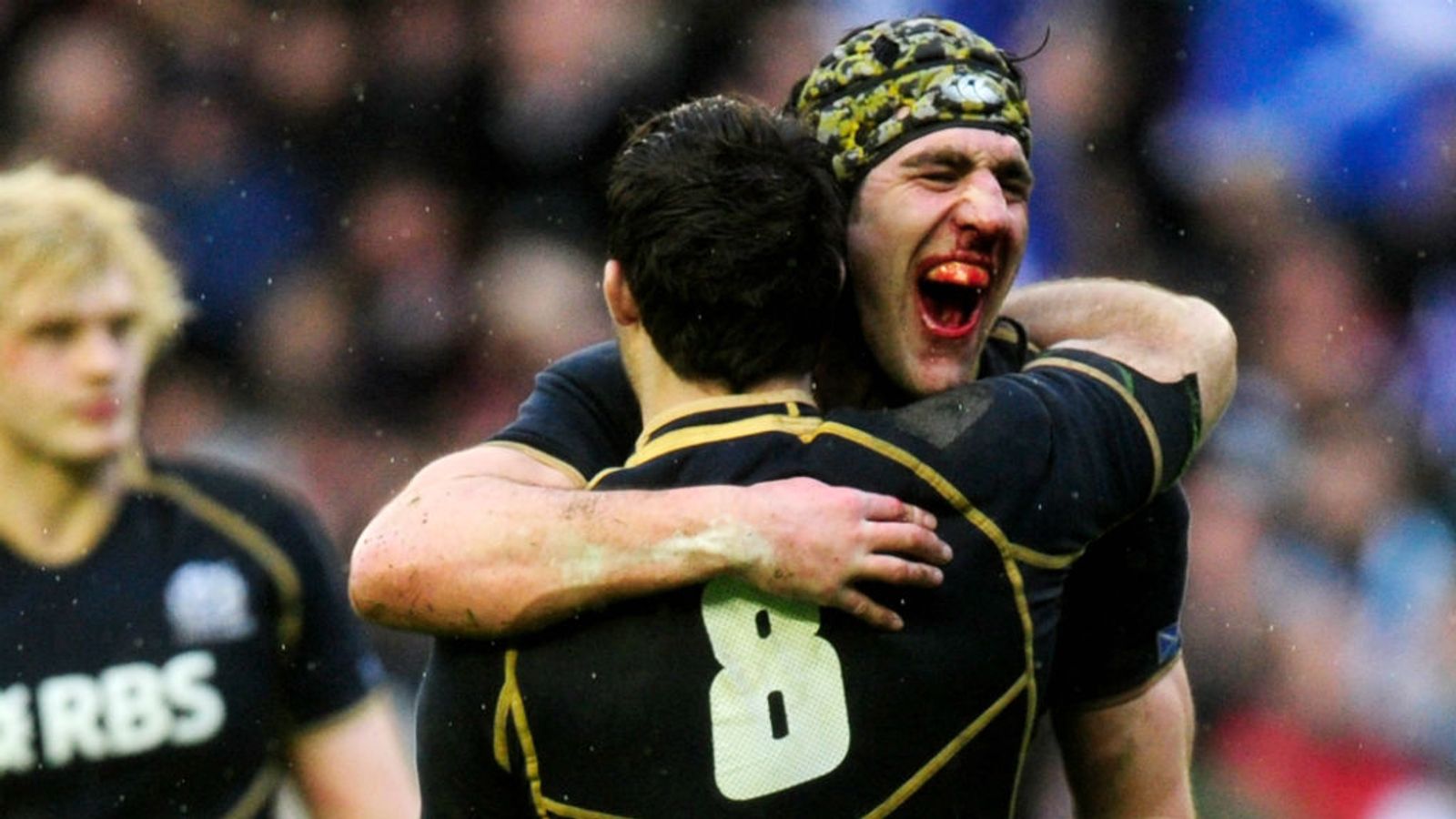


This edition follows the chapter format from the original book with an additional introduction. The various theologies analyzed in The Black Christ include a consistent theme that the spiritual and physical wellness of African Americans was also significant for societal development. According to Harvey, pro-slavery theology encompassed an ironic tension between denying any meaningful historical record to people of African descent while making their labor status a moral and religious concern (Harvey, 73-81). Her exploration of black theological arguments resonates with the symbolic role ascribed to racial identity in Paul Harvey’s Christianity and Race in the American South (University of Chicago Press, 2016).

In this text, identification with the savior of the world proves the significance of African Americans’ lifestyles and their grief over lives lost. In particular, she mentions the deaths of Trayvon Martin, Jordan Edwards, Renisha McBride, and Jonathan Sanders as evidence that “our children’s lives were at stake” (xvi). The contemporary Black Lives Matter movement set part of the historical context for the new introduction by Douglas. The 2019 edition continues to analyze the spiritual elements that define a Christ image associated with blackness, yet it does so by considering the cycle of both life and death under the burden of white supremacy.

The idea behind the book started with the author’s intent to describe the incarnate Christ in a way that addressed the practicalities of African American urban life. In the process, Douglas draws closer to the inclusive womanist theology that features in the concluding chapter of both the original and updated editions. Author Kelly Brown Douglas analyzes the vulnerability of the publicly executed Christ as a defining and empowering aspect of African American Christians’ beliefs. The updated twenty-fifth anniversary edition of The Black Christ confronts racist violence through the lens of crucifixion symbolism. As the one hundredth anniversary of the Red Summer of 1919 has recently passed, it seems appropriate that explorations of race and violence are becoming more prominent in religious scholarship.


 0 kommentar(er)
0 kommentar(er)
